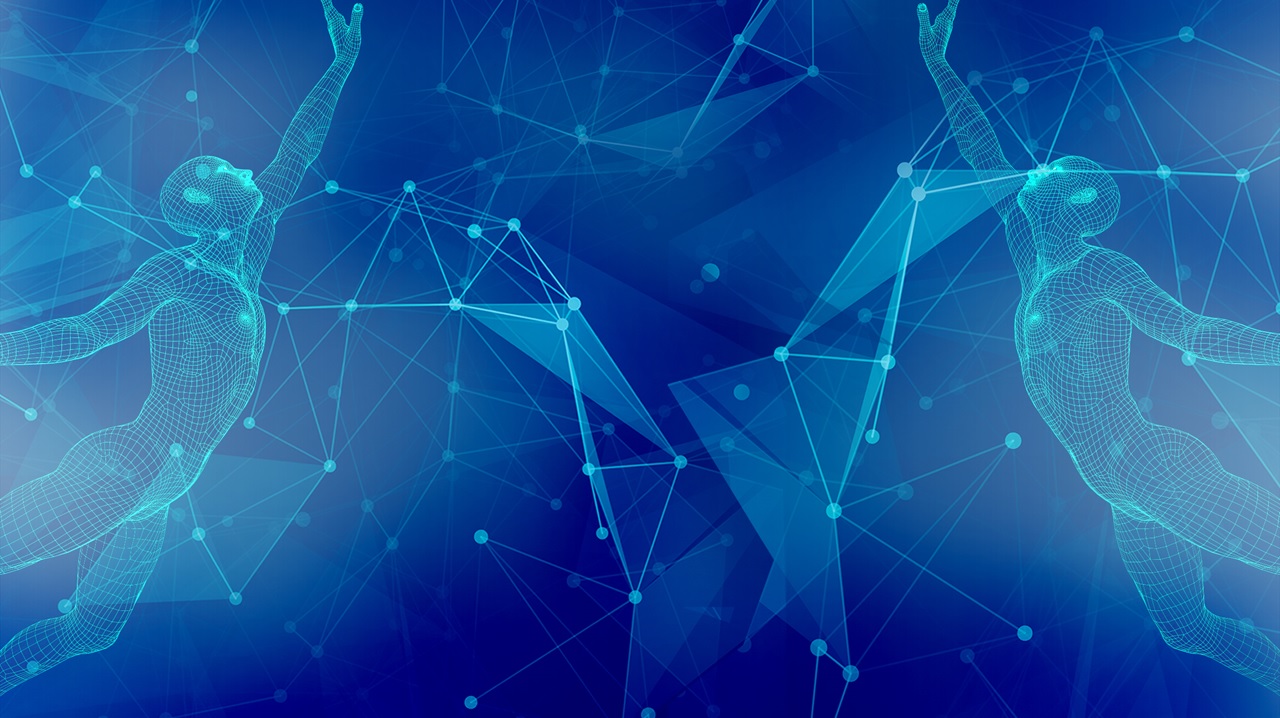
EXTREMITER 2020
Medical device for VACUUM COMPRESSION THERAPY
Blood circulation in limbs
Unique instrument for vacuum compression therapy
Effective treatment of disorders of blood flow to the extremities, stagnant metabolism, and impaired trophic levels.
VACUUM COMPRESSION THERAPY
The device for vacuum compression therapy is used for treating disorders of blood circulation in limbs, particularly in peripheral complications of diabetes, wherein its effectiveness in the treatment of sensorimotor diabetic ulcers (diabetic foot) is extremely significant. It has been clinically proven that procedures of vacuum-compression therapy prevent the emergence and development of sensorimotor diabetic neuropathy, as well as the creation of diabetic ulcers. Significant reduction of problems can be achieved in cases of developed neuropathic or trophic defects.

MAIN ADVANTAGES
Clinically documented, extremely effective method of physical therapy computer-controlled course of the procedure opportunity for objectification and optimization effect procedures mechanical support for patient positioning simplifies operation and increases efficiency optionally, synergistic carbon dioxide therapy can be added.
TREATMENT OF SERIOUS DISEASES
Peripheral complications of diabetes promotion of healing venous leg ulcers peripheral arterial disease functional disorders of the arteries of limbs entrapment syndromes (carpal tunnel, tarsal tunnel) degenerative diseases of the musculoskeletal apparatus algodystrophy, the treatment of complex regional pain syndrome in adults.
VACUUM PHASE
RELIEF PHASE
Reduction of extravasal pressure causes increased filtration of gases and substances to tissues. Arteriogenesis is gradually stimulated and blood is supplied via newly created arterial collaterals into obliterated sections of peripherals.

Pressurization phase pushes blood venous system, improves arteriovenous pressure gradient in the capillary area. This also increases liquid absorption from the tissues.

Secondary drop of intravascular pressure stimulates formation and development of collateral circulation and neovascularization.
The volume of venous blood decreases, thrombotic activity reduces and lymphatic drainage accelerates







